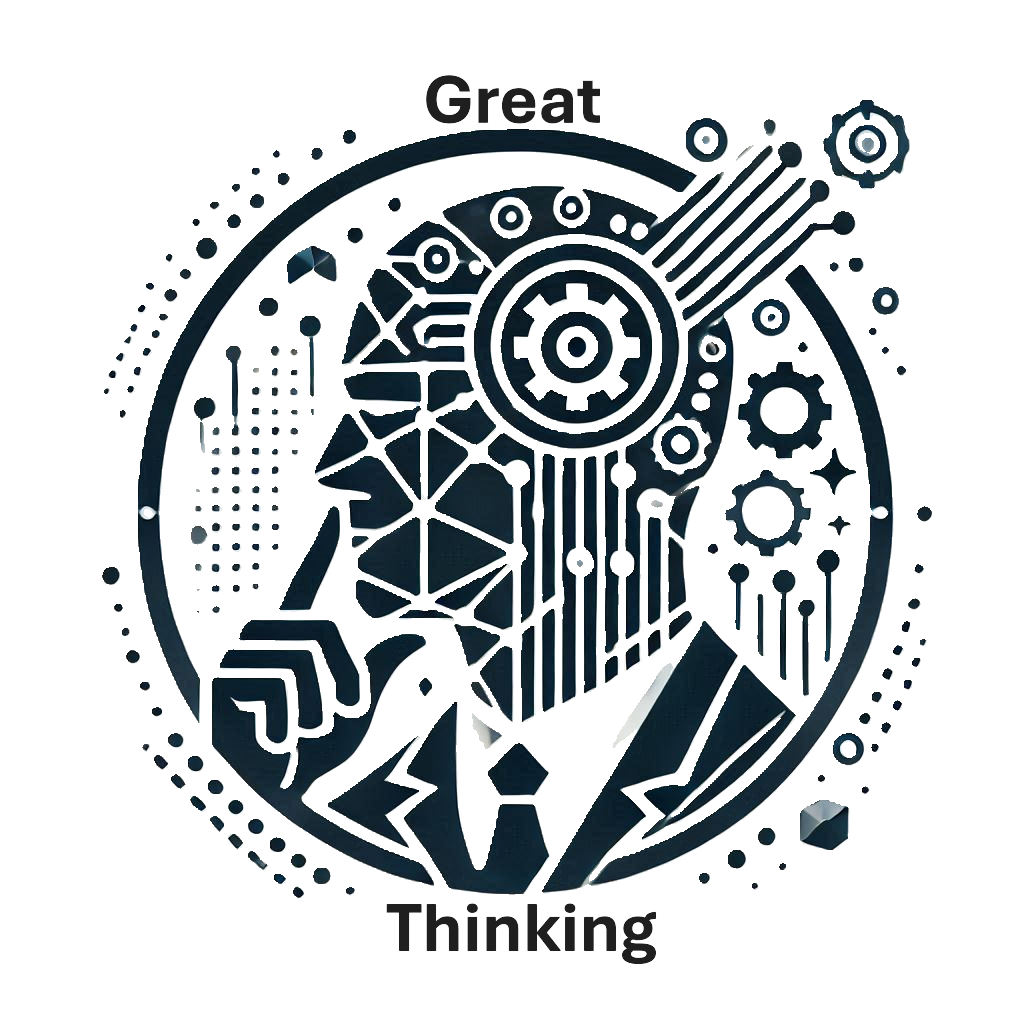Mindful living is more than a practice; it is a way of being that allows me to align my thoughts, actions, and choices with clarity and intention. By focusing on the present moment, I have found that I make decisions that truly reflect my values and lead to a more fulfilling life.

Every day presents an opportunity to cultivate awareness, intentionality, and balance. Through small, mindful choices, I have learned to experience life more fully and create a deeper sense of purpose.
In this article, I share key insights, daily strategies, and advanced techniques that have helped me stay present, focused, and intentional. This guide serves as both a personal reflection and a roadmap for those seeking to integrate mindfulness into their lives.
The Core Elements of Mindful Living
At its heart, mindful living is about developing clarity and awareness in everything we do. By remaining fully engaged in the present, I find greater meaning in everyday activities. The practice is simple, yet its impact extends into all areas of life.
Key elements of mindful living include:
- Awareness: Observing my thoughts, emotions, and environment without judgment.
- Intentionality: Setting deliberate goals and making choices that align with my values.
- Reflection: Taking time to assess my experiences and learn from them.
These core principles help me appreciate the moment, manage stress, and maintain balance. When I approach life with this mindset, routine tasks become more meaningful, and daily challenges feel more manageable.
Practical Steps to Embrace Mindfulness Daily
Small, intentional actions create the foundation for a mindful life. I have discovered that consistency is more valuable than intensity when integrating mindfulness into daily routines.
Here are a few practices that have supported my journey:
- Morning Intention-Setting: I take a few moments each morning to set a focus for the day. This helps me align my actions with my broader goals and values.
- Breath Awareness: Practicing mindful breathing helps me stay grounded and reduces stress, particularly in high-pressure situations.
- Mindful Reflection: I review my day in the evening, noting areas where I felt most aligned and moments where I could improve.
- Engaging Fully in Tasks: Whether working, eating, or having a conversation, I commit to being fully present in the activity rather than being distracted by past or future thoughts.
Overcoming Common Challenges to Mindfulness
Embracing mindfulness is rewarding, but it also comes with obstacles. Awareness of these challenges has helped me refine my approach and stay committed to the practice.
Managing Digital Distractions
Constant notifications and media consumption can pull attention away from the present. I set intentional boundaries, such as designated screen-free times, to regain focus and mental clarity.
Breaking Old Habits
Long-standing routines may not always support mindfulness. I have found that making gradual changes—such as replacing autopilot reactions with thoughtful responses—makes the transition smoother and more sustainable.
Dealing with Stress and Anxiety
High-pressure moments can challenge mindfulness. When stress arises, I take a few deep breaths and re-center, reminding myself that presence is key to navigating difficulties with greater ease.
Handling Unexpected Disruptions
Life is unpredictable. Instead of becoming frustrated by disruptions, I have learned to embrace flexibility. Accepting that change is inevitable allows me to adapt while maintaining a sense of inner peace.
Deepening the Practice of Mindful Living
Once mindfulness becomes part of daily life, there are ways to enhance its impact. Advanced strategies have allowed me to develop a more profound awareness and a stronger sense of purpose.
- Vision Clarity: Taking time to visualize my ideal life ensures that my daily actions align with my long-term aspirations.
- Dedicated Meditation Practice: Setting aside time for stillness each day strengthens mindfulness and deepens self-awareness.
- Bringing Mindfulness into Routine Tasks: Practicing presence in simple activities like walking, eating, and listening has transformed my perspective on everyday life.
- Creating Flexible Structures: Establishing structured yet adaptable routines ensures mindfulness remains a consistent part of my journey.
The Key Aspects of a Mindful Life
Mindful living is most effective when integrated into the flow of daily existence. Over time, I have identified a few essential aspects that support this approach:
- Daily Structure: Creating routines that balance work, rest, and mindful practices helps provide clarity and consistency.
- Intentional Pauses: Taking short breaks throughout the day to check in with myself enhances awareness and prevents burnout.
- Evening Reflection: Reviewing the day’s experiences allows for ongoing growth and self-improvement.
Each of these habits strengthens my ability to remain present, centered, and aligned with my purpose.
Frequently Asked Questions
What does mindful living mean?
Mindful living is the practice of being fully present in each moment. It involves intentional awareness of thoughts, emotions, and surroundings while making choices that align with one’s values.
How can I start practicing mindfulness daily?
Begin with small steps, such as taking a few minutes for deep breathing, setting daily intentions, and engaging fully in routine activities. Over time, these small efforts create lasting change.
Does mindfulness help with stress management?
Yes, mindfulness reduces stress by shifting focus away from worries about the past or future. It cultivates a sense of calm and clarity, making challenges easier to navigate.
What should I do if I struggle with consistency?
If mindfulness feels difficult to maintain, start with short, simple practices. A few mindful breaths, a moment of gratitude, or a brief pause for reflection can create positive momentum.
Final Thoughts on Mindful Living
Mindful living has been a transformative journey for me, helping me cultivate greater clarity, peace, and fulfillment.
By committing to presence, I have found that life becomes richer, stress decreases, and decisions become more aligned with my true values.
Each day presents a new opportunity to practice mindfulness. Whether through small, intentional actions or deeper self-reflection, every mindful moment strengthens my connection to a purposeful life.
This journey is not about perfection—it is about progress.
The more I practice mindfulness, the more natural it becomes. It is a continuous learning process, but one that has significantly improved my well-being and overall sense of direction.
For those seeking to integrate mindfulness into their own lives, my advice is to start small and remain patient. Over time, the benefits become clear, and mindful living becomes a way of experiencing life with greater intention and joy.
For more insights on personal growth, Spirituality and leadership, visit: greathinking.com
Stay blessed,
Esquiwal
